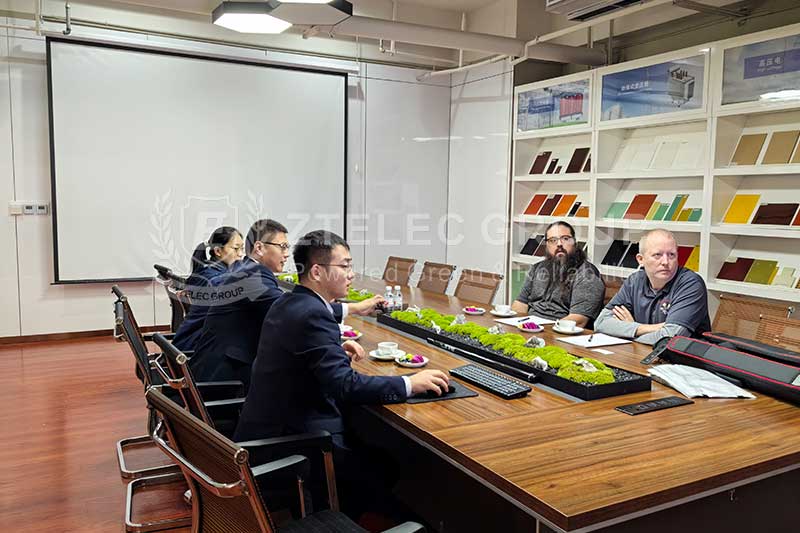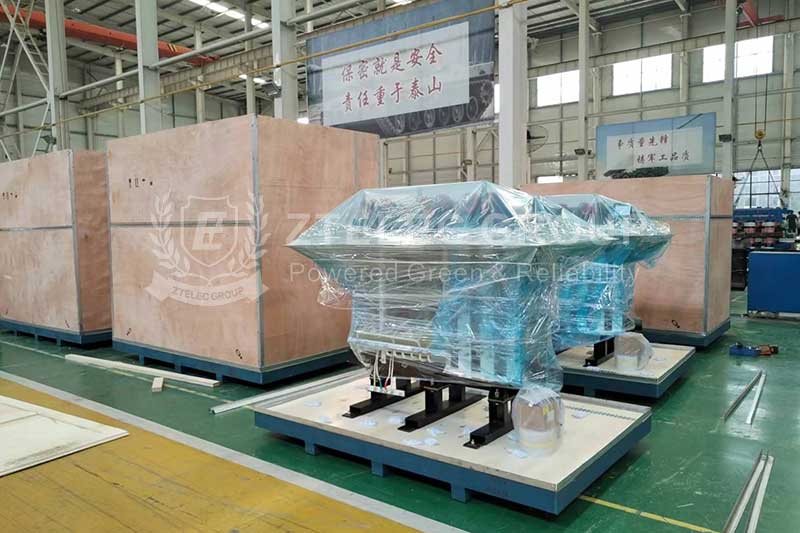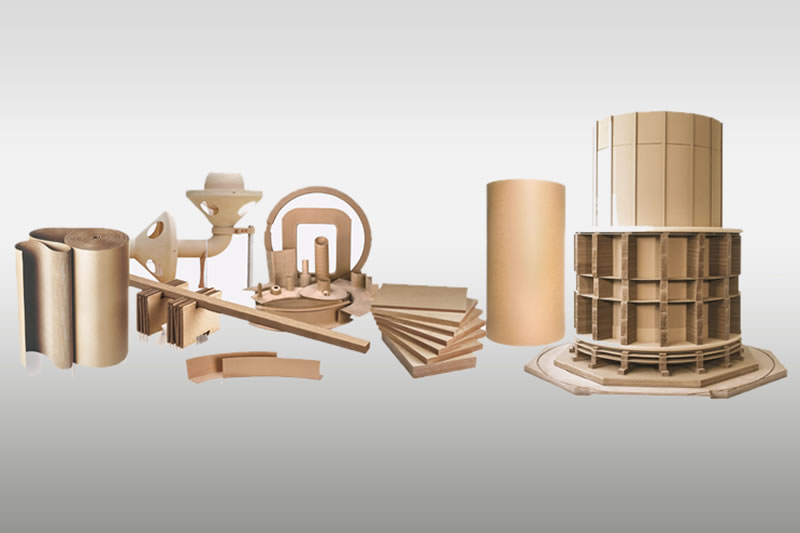Unveiling the Price Differences of Dry-Type Transformers: A Complete Guide
Dry-type transformers are widely used in modern power distribution systems due to their safety, efficiency, and low maintenance. However, their prices vary dramatically across the market. Understanding the reasons behind these price differences can help you make better, cost-effective purchasing decisions.
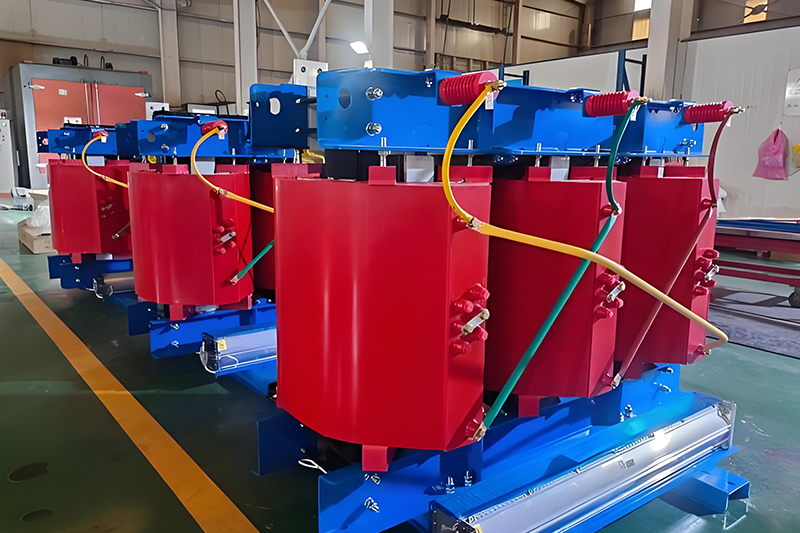
1. Core Material Costs
Winding Conductors
The winding material is one of the most important cost drivers in a dry-type transformer.
Copper Windings: Copper offers superior electrical conductivity and low resistance, minimizing energy loss. While copper windings are typically 30%–50% more expensive than aluminum, they provide better thermal stability and corrosion resistance, making them ideal for data centers, industrial plants, and critical systems.
Aluminum Windings: Aluminum is a more cost-effective and lighter alternative. However, due to its lower conductivity, it requires a larger cross-section to carry the same current, which may limit use in space-constrained installations.
Core Materials
Standard Silicon Steel: Priced at RMB 5,000–8,000 per ton, standard silicon steel sheets are sufficient for most industrial and civil applications.
High-Permeability Silicon Steel: This premium material reduces no-load losses by up to 30%, though it costs about 15%–25% more. Over time, it delivers significant energy savings, especially for facilities with continuous high-load operation.
Insulation Materials
Epoxy Resin: Commonly used in Class F (155°C) or Class H (180°C) insulation systems. Epoxy resin provides reliable electrical and mechanical properties with moderate cost.
Nomex Paper: Known for excellent heat resistance (up to 220°C) and dimensional stability. Although roughly twice as expensive as epoxy, it supports compact transformer designs ideal for limited-space installations and high-temperature environments.
2. Technical Specifications and Performance
Energy Efficiency Rating
Higher energy efficiency leads to higher upfront cost but long-term savings. For example, a Level 1 transformer like the SCB18 can cost 20%–35% more than a Level 3 SCB13 model. However, over time, the reduced energy loss translates into lower electricity bills—especially valuable in energy-intensive operations.
Capacity and Voltage Levels
Capacity: A transformer’s rated capacity significantly affects its cost. A 1000 kVA unit may cost RMB 80,000–150,000, while a 2500 kVA unit could exceed RMB 300,000 due to increased materials and manufacturing complexity.
Voltage: Higher voltage transformers (e.g., 35kV) require advanced insulation and engineering, making them 2–3 times more expensive than standard 10kV/0.4kV models.
Special Features
Optional design elements can also increase prices:
- On-load Tap Changer: Adds 30%–50% to the cost by enabling voltage regulation without downtime.
- Explosion-proof or Anti-corrosion Design: Essential for harsh environments, increasing cost by 10%–20%.
3. Brand Value and Market Positioning
Brand reputation significantly influences transformer pricing. Leading manufacturers often charge more due to their R&D investment, proven product quality, and superior service networks. They typically offer diverse product ranges for various applications—from standard residential units to high-performance industrial models—allowing for a wider pricing spectrum based on market segmentation.
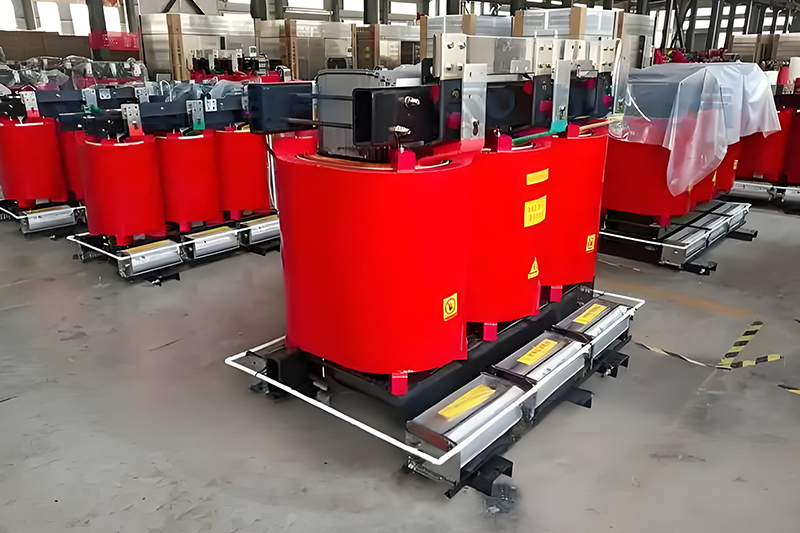
4. Production Scale and Manufacturing Efficiency
Large-scale manufacturers benefit from economies of scale, reducing raw material and labor costs. Automated, efficient production lines minimize waste and increase output, ultimately lowering the per-unit cost. Smaller factories often have higher overhead per transformer, resulting in less competitive pricing.
5. After-Sales Service and Warranty Support
Dry-type transformers are long-term infrastructure assets that require reliable after-sales support. Manufacturers that offer fast response times, preventive maintenance services, and extended warranties may charge more, but these services reduce the risk of costly downtime and ensure long-term reliability.
6. Market Competition and Regulatory Influence
Competitive Pressure
In a crowded market, new entrants or manufacturers with excess inventory may offer aggressive pricing to capture share. This creates a wide price range and pushes down average market prices—but may come with trade-offs in quality or service.
Policy and Raw Material Fluctuations
Transformer prices are closely tied to copper, aluminum, and silicon steel markets. In addition, tightening environmental regulations can raise costs by requiring cleaner production processes and equipment upgrades. Government incentives or efficiency mandates can also shift market demand toward high-performance, costlier models.
The wide price variation in dry-type transformers is the result of many interrelated factors—including material selection, technical performance, brand strength, production capabilities, and external market forces. Understanding these elements allows buyers to assess transformer value beyond just the initial cost.
When selecting a dry-type transformer, it's essential to align your choice with project requirements, operational conditions, and long-term ROI. Carefully comparing technical specs, manufacturer reliability, and market trends will help you make smarter and more sustainable investment decisions.
- more+releated article
- 2025-12-13How to Select and Use Phenolic Cloth-base Lami
- 2025-12-13How Much Does Bakelite Sheet Cost? 2025 Price
- 2025-12-13Why are most 3240 epoxy boards yellow?
- 2025-12-13What are the Main Applications of FR4 Epoxy Bo
- 2025-12-13Why Does the Price of Insulating Paperboard Va
- 2025-12-13Heat-Resistant DDP Insulation Paper
- 2025-12-13Comparison of Heat-Resistant DDP Insulating Pa
- 2025-12-13G10 and FR4 Epoxy Boards: Commonly Used for Ge
- 2025-12-13The Price of Heat-Resistant DDP Insulation Pap
- 2025-12-13How to Choose Epoxy Laminate Materials for Gen


